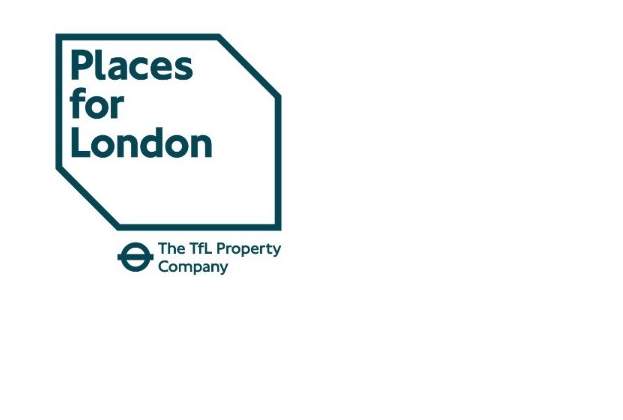Detailed consideration of retrofitting existing properties to enhance their carbon performance is becoming increasingly commonplace within the political agendas of councils across London. But how is this filtering down to planning policies and decision making, especially in those boroughs where the existing building stock has particularly poor energy credentials? Embodied carbon and retrofitting are hot topics for the planning and development sector including within boroughs across the capital, as discussed in our earlier blog of December 2022.
When considering the practicalities of retrofitting in comparison to demolition and new-build development, and the scale of the constraints London-wide with regard to such redevelopment, it is critically important to evaluate the quality and standard of existing building stock. Whilst this can be quantified across a host of differing metrics, the energy efficiency of buildings is a key factor and their EPC ratings provide a good base for analysis:
Residential
- Since 1 April 2020, properties to be let must achieve an EPC rating of E or higher.
If the Government’s current proposed EPC reforms are also adopted, then:
- From 2025, properties to be newly let must achieve an EPC rating of C or higher.
- From 2028, properties to be newly let, or continuing tenancies, must achieve an EPC rating of C or higher.
Commercial
- From 1 April 2023, a commercial property cannot be let unless achieving at least an EPC rating of E.
If the Government’s current proposed EPC reforms are also adopted, then:
- From 1 April 2027, a commercial property cannot be let unless achieving at least an EPC rating of C.
- From 2030, a commercial property cannot be let unless achieving at least an EPC rating of B.
(Exemptions can apply where relevant).
Savills Earth has undertaken detailed research to identify all registered EPC ratings for residential and commercial properties in London. This allows high-level comparisons to be made between existing EPC standards and the relevant requirements and timescales outlined above.
The research* indicates that approximately 35 per cent of residential properties in London (with a registered EPC rating) currently have a rating lower than EPC C, the required standard as of 2025. Likewise, with regard to office premises in particular**, research suggests that around 73 per cent (with a registered EPC rating) currently have a rating of EPC D or lower. This percentage jumps alarmingly to 96 per cent, when considering premises with an EPC rating of C or lower.
Such statistics highlight the significant challenges which London faces in seeking to meet the incoming requirements for EPC enhancements up to 2030 and beyond.
These challenges are compounded by the associated costs of upgrading existing stock. For example, as outlined in the Savills article of March 2022, indicative costs associated with improving office stock from an EPC rating of D to C in line with 2027 requirements could collectively cost between £10-25psqft (depending on the scale of improvements sought). Looking further ahead, to take a commercial property from a D to B EPC rating, in line with the 2030 requirements, could cost between £36-£65psqft. Noting the percentage of office premises across London with an EPC rating of D or lower (73 per cent), this demonstrates the scale of financial investment required which may not always be financially viable in every instance through a retrofit only approach unless some financial return could be generated through securing planning permission for uplifts in built form.
The graphs below show the top ten highest scoring of the 32 London Boroughs (and the City of London) based on the total percentage of the given borough’s residential and office stock, respectively, which achieves either an EPC rating of C or above.
.jpg)



.jpg)
.jpg)
.jpg)

-be-a-significant-emerging-asset-class-in-europe(1).jpg)
(1).jpg)
(1).jpg)